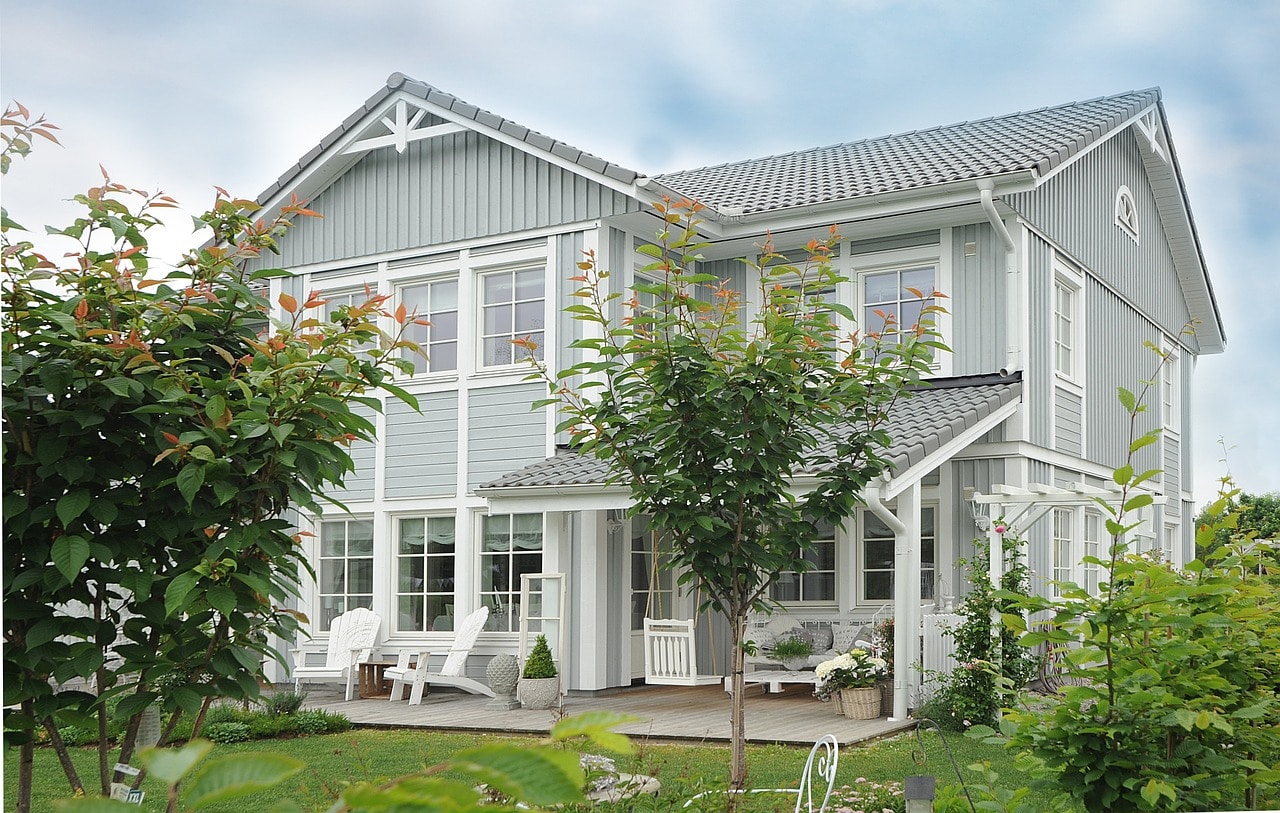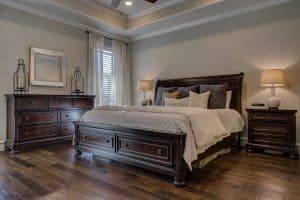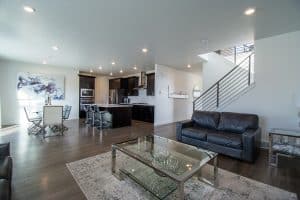The Return of the Courtyard House: Ancient Design Meets Modern Living
The courtyard house has been a staple of ancient architecture for centuries, found in various cultures and civilizations all around the world. This design style, characterized by a central open-air space surrounded by rooms, has stood the test of time and continues to make a comeback in modern architecture. Its timeless appeal and practicality have led to the return of the courtyard house, blending ancient design with modern living.
The History of the Courtyard House
The origins of the courtyard house can be traced back to ancient civilizations such as the Romans and Greeks, who used the design for both public and private buildings. However, it was predominantly popularized by the Chinese during the Han dynasty (206 BCE-220 CE) as a way to protect against harsh weather conditions and provide a peaceful retreat from the bustling city life.
The courtyard house quickly spread throughout East Asia and became a popular design choice in Japan, Korea, and other parts of Southeast Asia. The Moors also incorporated this style in their architecture, and it eventually made its way to Europe during the Middle Ages, where it was adopted by the upper class as a symbol of luxury and sophistication.
The Return of the Courtyard House
Despite its long history, the courtyard house fell out of favor in the 20th century with the rise of modern architecture and urbanization. However, recent years have seen a revival of this design style, especially in countries like China, where there has been a resurgence of traditional architecture.
The return of the courtyard house can be attributed to its unique blend of functionality and aesthetics. In a world increasingly dominated by high-rise buildings and concrete jungles, the courtyard house offers a serene and private haven in the midst of chaotic urban landscapes. Its open-air design also embraces nature and allows for natural ventilation and light, making it an environmentally friendly choice.
Ancient Design Meets Modern Living
One of the main reasons for the renewed interest in the courtyard house is its ability to seamlessly adapt to modern living. With the integration of modern technology and materials, the courtyard house has evolved into a sustainable and comfortable living space.
Modern courtyard houses often feature green roofs, solar panels, and other energy-efficient features, making them an eco-friendly option. The central courtyard area can also be used for various purposes, such as a garden, swimming pool, or place for outdoor activities, making it a versatile space that can cater to the needs of modern families.
The Benefits of Living in a Courtyard House
Privacy and Security
The layout of the courtyard house offers ample privacy and security, making it ideal for families or individuals who value their personal space. The enclosed design allows for a sense of seclusion and security, creating a peaceful sanctuary within a bustling city.
Natural Light and Ventilation
The central courtyard allows for natural light and ventilation to flow into the house, decreasing the need for artificial lighting and air conditioning. This not only reduces energy costs, but it also creates a healthier and more comfortable living environment.
Connection to Nature
The integration of outdoor space in the form of a courtyard brings nature into the house, providing a sense of tranquility and connection to the outside world. This connection to nature has been proven to have numerous physical and mental health benefits.
Flexibility and Adaptability
The courtyard house is a versatile design that can be adapted to suit various needs and preferences. Its open-air design allows for flexibility in the use of space, and with modern technology, it can easily be customized to meet the changing needs of its inhabitants.
In Conclusion
The return of the courtyard house is a perfect example of how ancient design can blend harmoniously with modern living. Its timeless appeal, practicality, and adaptability make it a popular choice for those looking for a peaceful and sustainable living space. With its many benefits, it is no surprise that this ancient design has made a comeback and is here to stay in the world of modern architecture.








